
How to Use Tmc2208: Examples, Pinouts, and Specs
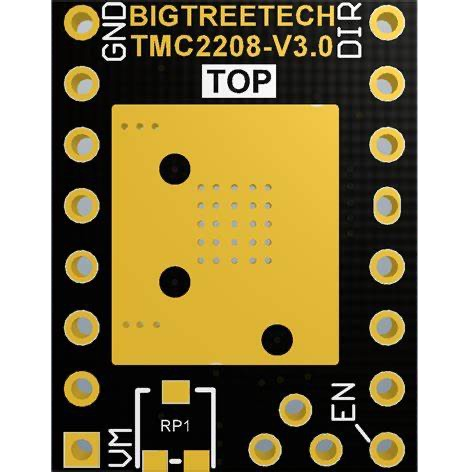
 Design with Tmc2208 in Cirkit Designer
Design with Tmc2208 in Cirkit DesignerIntroduction
The TMC2208 is a high-performance stepper motor driver manufactured by Trinamic (TMC). It is widely used in 3D printers, CNC machines, and other motion control applications. This driver is known for its silent operation, thanks to Trinamic's StealthChop technology, and its ability to achieve precise microstepping. The TMC2208 can be configured via UART interface, making it a versatile and user-friendly choice for various projects.
Explore Projects Built with Tmc2208
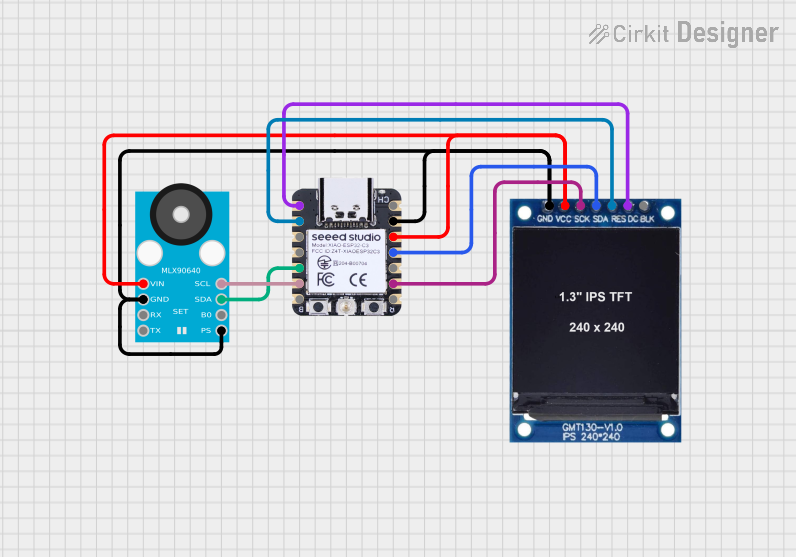
 Open Project in Cirkit Designer
Open Project in Cirkit Designer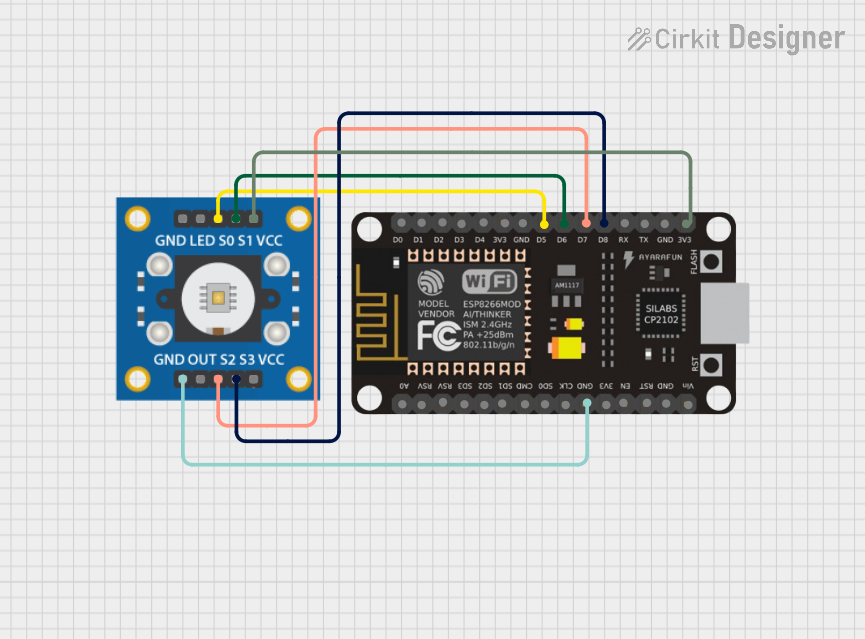
 Open Project in Cirkit Designer
Open Project in Cirkit Designer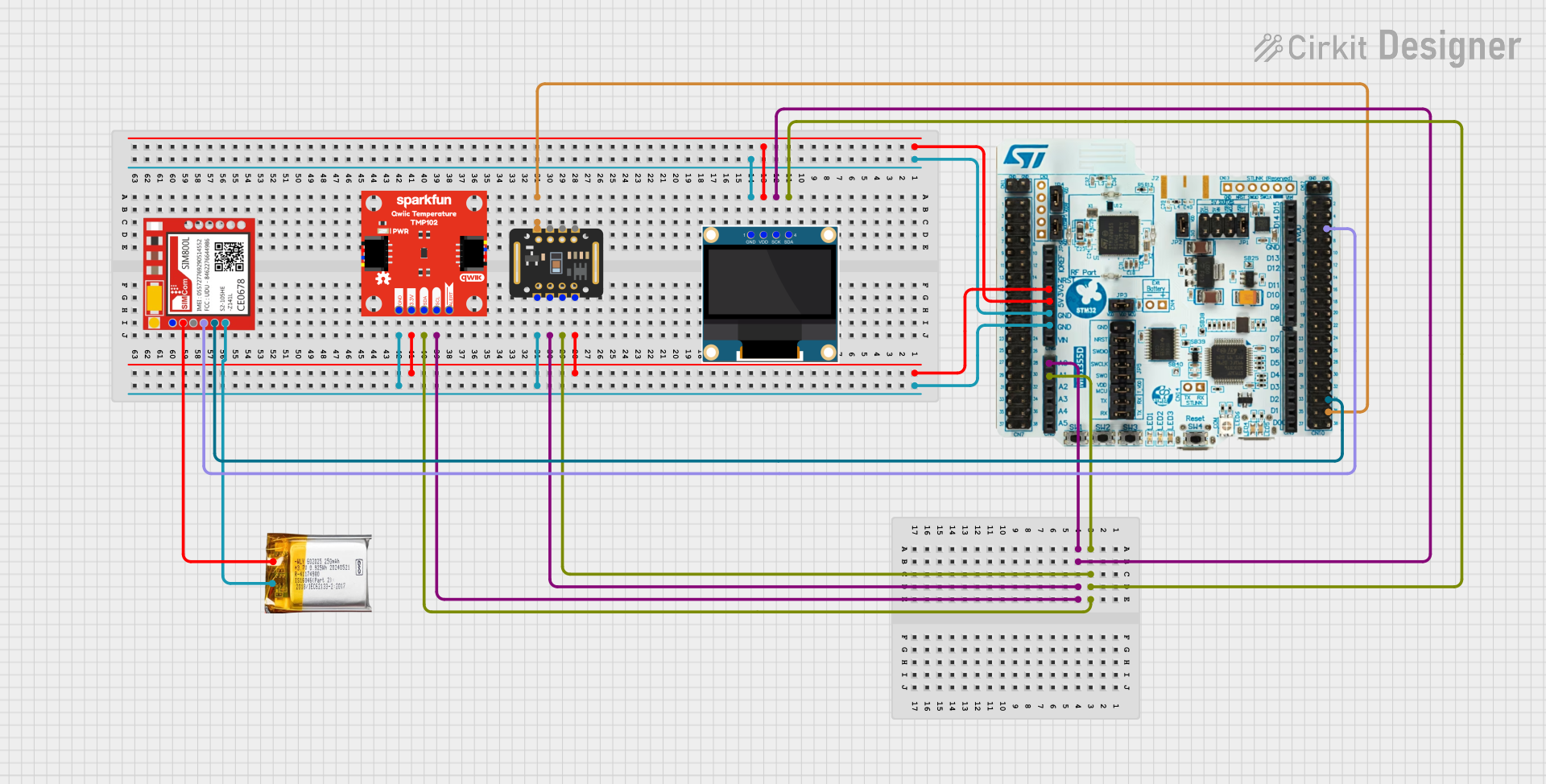
 Open Project in Cirkit Designer
Open Project in Cirkit Designer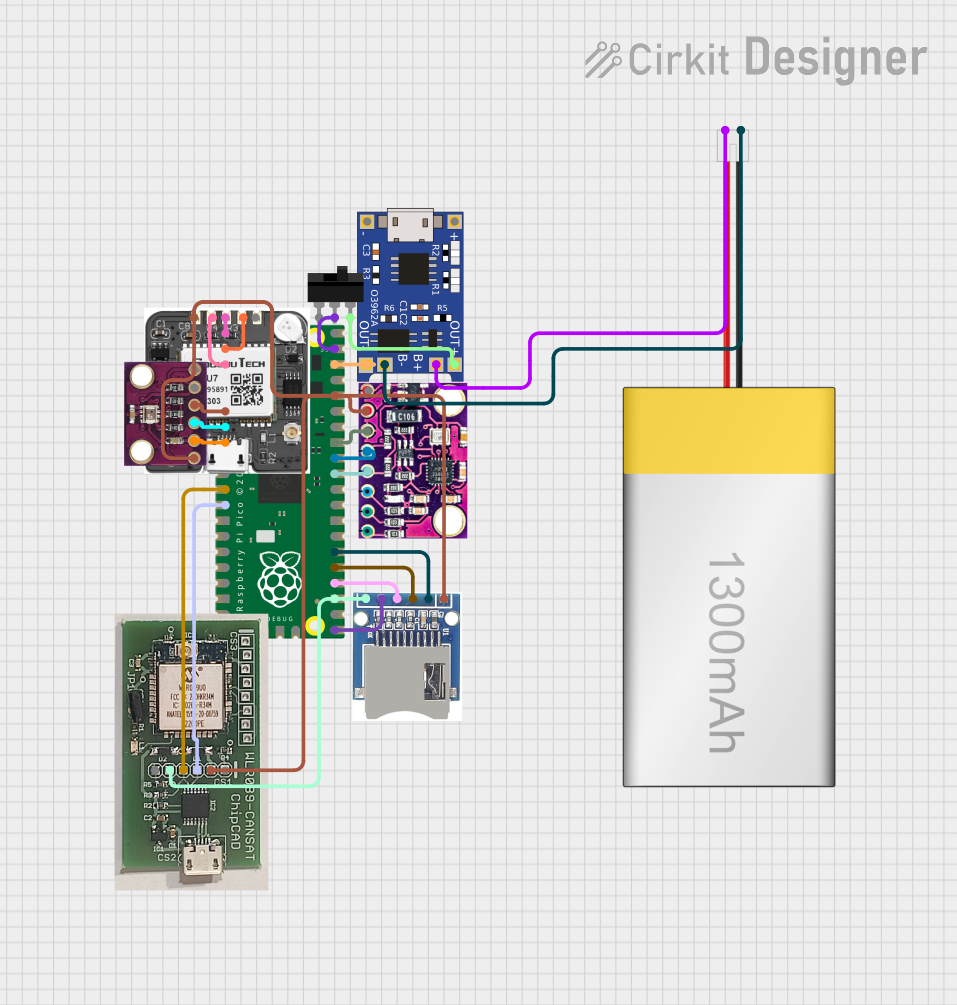
 Open Project in Cirkit Designer
Open Project in Cirkit DesignerExplore Projects Built with Tmc2208

 Open Project in Cirkit Designer
Open Project in Cirkit Designer
 Open Project in Cirkit Designer
Open Project in Cirkit Designer
 Open Project in Cirkit Designer
Open Project in Cirkit Designer
 Open Project in Cirkit Designer
Open Project in Cirkit DesignerCommon Applications
- 3D printers for smooth and quiet motor control
- CNC machines requiring precise motion
- Robotics and automation systems
- DIY electronics projects involving stepper motors
Technical Specifications
The TMC2208 offers a range of features and specifications that make it suitable for demanding applications. Below are the key technical details:
| Parameter | Value |
|---|---|
| Supply Voltage (V_M) | 4.75V to 36V |
| Logic Voltage (V_IO) | 3.3V or 5V |
| Maximum Motor Current (I_RMS) | Up to 1.2A (RMS), 2A (peak) |
| Microstepping Resolution | Up to 256 microsteps per full step |
| Communication Interface | UART |
| Operating Modes | StealthChop, SpreadCycle |
| Standby Current | Configurable via UART |
| Thermal Shutdown | Yes |
| Overcurrent Protection | Yes |
Pin Configuration
The TMC2208 comes in a 16-pin package. Below is the pinout and description:
| Pin | Name | Description |
|---|---|---|
| 1 | GND | Ground connection |
| 2 | V_M | Motor power supply (4.75V to 36V) |
| 3 | VCC_IO | Logic voltage input (3.3V or 5V) |
| 4 | EN | Enable pin (active low) |
| 5 | MS1 | Microstep resolution selection pin 1 |
| 6 | MS2 | Microstep resolution selection pin 2 |
| 7 | STEP | Step pulse input |
| 8 | DIR | Direction control input |
| 9 | UART | UART communication pin |
| 10 | DIAG | Diagnostic output |
| 11 | INDEX | Step position indicator |
| 12 | CFG1 | Configuration pin 1 |
| 13 | CFG2 | Configuration pin 2 |
| 14 | NC | Not connected |
| 15 | NC | Not connected |
| 16 | GND | Ground connection |
Usage Instructions
How to Use the TMC2208 in a Circuit
- Power Supply: Connect the motor power supply (V_M) to a voltage source between 4.75V and 36V. Ensure the logic voltage (VCC_IO) matches your microcontroller's logic level (3.3V or 5V).
- Microstepping Configuration: Use the MS1 and MS2 pins to set the desired microstepping resolution. Alternatively, configure microstepping via UART for more flexibility.
- Control Signals: Connect the STEP and DIR pins to your microcontroller to control the motor's steps and direction.
- UART Communication: For advanced configuration, connect the UART pin to your microcontroller's UART TX pin. Use a suitable library or commands to configure parameters like current limits, standby current, and operating modes.
- Enable Pin: Pull the EN pin low to enable the driver. Pull it high to disable the driver.
Important Considerations
- Cooling: The TMC2208 can generate heat during operation. Use a heatsink or active cooling if necessary to prevent thermal shutdown.
- Current Limiting: Set the motor current appropriately to avoid overheating the motor or driver. This can be done via UART or by adjusting the reference voltage (VREF) on the driver.
- StealthChop Mode: Use StealthChop for silent operation, especially in 3D printing applications. For higher torque and dynamic performance, consider using SpreadCycle mode.
- Wiring: Double-check all connections before powering the circuit to avoid damage to the driver or motor.
Example Code for Arduino UNO
Below is an example of how to control the TMC2208 using an Arduino UNO:
// Example code to control a stepper motor with TMC2208 and Arduino UNO
// Ensure the TMC2208 is connected to the correct pins on the Arduino
#define STEP_PIN 3 // Pin connected to STEP on TMC2208
#define DIR_PIN 4 // Pin connected to DIR on TMC2208
#define EN_PIN 5 // Pin connected to EN on TMC2208
void setup() {
pinMode(STEP_PIN, OUTPUT); // Set STEP pin as output
pinMode(DIR_PIN, OUTPUT); // Set DIR pin as output
pinMode(EN_PIN, OUTPUT); // Set EN pin as output
digitalWrite(EN_PIN, LOW); // Enable the TMC2208 driver
digitalWrite(DIR_PIN, HIGH); // Set initial direction
}
void loop() {
// Generate step pulses to move the motor
digitalWrite(STEP_PIN, HIGH); // Step pulse HIGH
delayMicroseconds(500); // Wait 500 microseconds
digitalWrite(STEP_PIN, LOW); // Step pulse LOW
delayMicroseconds(500); // Wait 500 microseconds
}
Troubleshooting and FAQs
Common Issues and Solutions
Motor Not Moving
- Cause: Incorrect wiring or insufficient power supply.
- Solution: Verify all connections and ensure the power supply meets the voltage and current requirements.
Driver Overheating
- Cause: Excessive motor current or inadequate cooling.
- Solution: Reduce the motor current via UART or VREF adjustment. Add a heatsink or fan for cooling.
Noisy Operation
- Cause: Incorrect operating mode or poor motor quality.
- Solution: Enable StealthChop mode for silent operation. Check the motor for defects.
UART Communication Fails
- Cause: Incorrect UART wiring or baud rate mismatch.
- Solution: Verify the UART connections and ensure the baud rate matches the TMC2208's default (typically 9600 bps).
FAQs
Can the TMC2208 be used without UART? Yes, the TMC2208 can operate in standalone mode using the MS1 and MS2 pins for microstepping configuration.
What is the maximum microstepping resolution? The TMC2208 supports up to 256 microsteps per full step.
How do I switch between StealthChop and SpreadCycle? Use UART commands to configure the operating mode. Refer to the TMC2208 datasheet for detailed instructions.
Is the TMC2208 compatible with 12V and 24V systems? Yes, the TMC2208 supports a motor power supply range of 4.75V to 36V, making it compatible with both 12V and 24V systems.